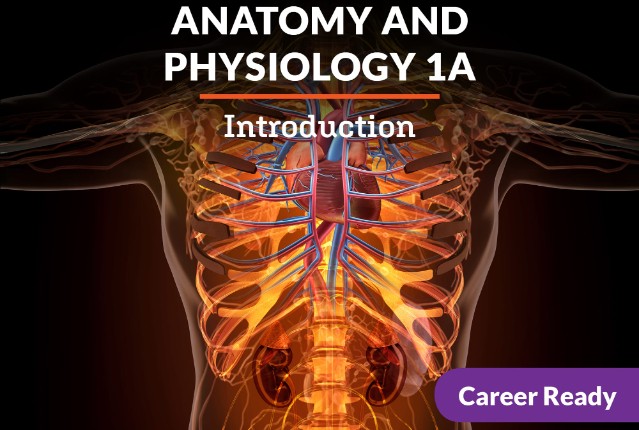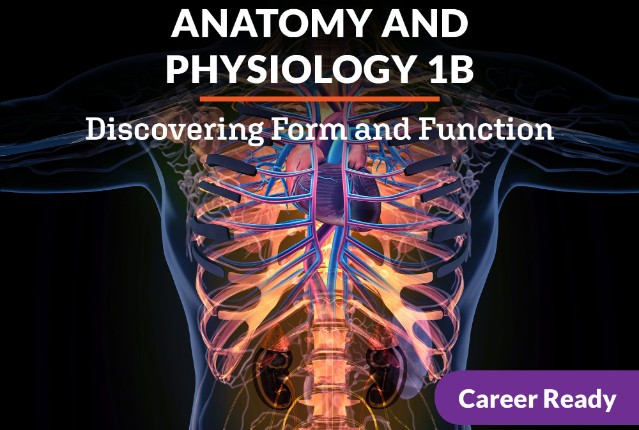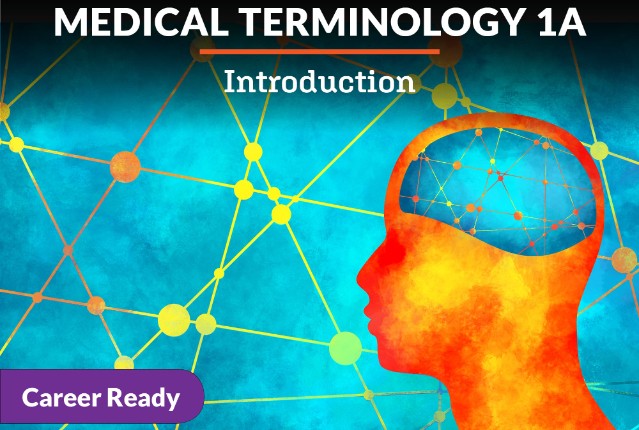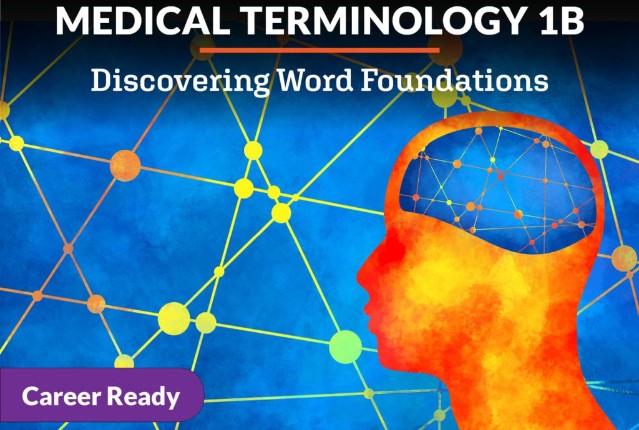Take a minute to think about the various people in your life. Some are more organized than others, right? There is likely one person you know who can take a number of different things, coordinate them so they work well together, and then communicate that properly. Just like a conductor organizes a band, a football coach organizes the offense and defensive lines, and a travel agent organizes a multi-city trip, the central nervous system takes the information from the whole body and organizes it. So it makes sense that if one piece of information is mixed up or absent, the coordination of the body, band, football team, or vacation is disrupted. Here, we’ll learn about the medications that address issues with the central nervous system and ensure the coordination gets back on track.
What will you learn in this unit?
- Explain the anatomy and physiology of the central nervous system
- Discuss the concept of pain
- Differentiate between different classifications of medications used to treat abnormalities of the central nervous system
- Support your learning of various classifications of medications using study tools
- Recognize the key information that describes the medications used for anesthesia, to control pain, and to treat seizures and mental health disorders





